Price: $0.99
(as of Nov 01, 2024 17:24:37 UTC – Details)

The history of electronics can be traced back to 1874 when Irish scientist George Johnstone Stoney (1826-1911) suggested that electricity must be “built” out of tiny electrical charges. Twenty years later, he coined the name “electron”.
Interest in electronics gradually increased over the decades following Stoney’s discovery. In 1947 the transistor was invented by William Shockley, John Bardeen and Walter Brattain at Bell Labs, which revolutionized the computer industry by replacing fragile, power hungry valves with much smaller and reliable devices. During the 1950s and 60s, computers became more powerful and smaller, eventually leading to the introduction of the home personal computer (PC) in the 1970s.
Today, electronic devices are all around us … computers, cell (mobile) phones, televisions, calculators, hearing aids, and cars are just a few examples of devices that form part of everyday life in the 21st century and which make use of electronics.
The purpose of this book is to introduce the subject of electronics to people who have no prior knowledge of the subject. If you don’t know what a prototyping breadboard is, or have no idea what a resistor or diode do, then this book will help you to gain a basic understanding of what electronics components exist and what they are used for. You will also learn how to combine such components to build electronics circuits.
Although there is a logical flow in the way that information is presented, you can pretty much jump around from chapter to chapter as it suits you, picking out the material that is of most interest.
The book is split into two parts – the first introduces the subject of electronics, and the second contains a range of simple circuits to design and build.
Part 1 – Getting Started with Electronics
• Chapter 1 – Electricity and Electric Circuits
• Chapter 2 – Equipment You Need in Your Electronics Laboratory
• Chapter 3 – Safety
• Chapter 4 – Resistors
• Chapter 5 – Capacitors
• Chapter 6 – Diodes
• Chapter 7 – Light Emitting Diodes (LEDs)
• Chapter 8 – Transistors
• Chapter 9 – Integrated Circuits
• Chapter 10 – The 555 Timer
• Chapter 11 – Combining Electronics with Software
Part 2 – Designing and Building Electronics Circuits
• Chapter 12 – Using an Electronics Prototyping Breadboard
• Chapter 13 – Illuminating a Single LED
• Chapter 14 – Using a Multimeter to Measure Voltage, Current and Resistance
• Chapter 15 – Connecting Multiple LEDs in Series
• Chapter 16 – Connecting Multiple LEDs in Parallel
• Chapter 17 – Using a Variable Resistor to Control the Speed of a Small DC Motor
• Chapter 18 – Using Wind Power
• Chapter 19 – Using a Transistor to Switch On an LED
• Chapter 20 – Charging and Discharging a Capacitor
• Chapter 21 – Building a Light Sensor – Night Light
• Chapter 22 – Introduction to Solar Power
ASIN : B07GDTYJTG
Publication date : August 31, 2018
Language : English
File size : 12120 KB
Simultaneous device usage : Unlimited
Text-to-Speech : Enabled
Screen Reader : Supported
Enhanced typesetting : Enabled
X-Ray : Not Enabled
Word Wise : Not Enabled
Print length : 149 pages



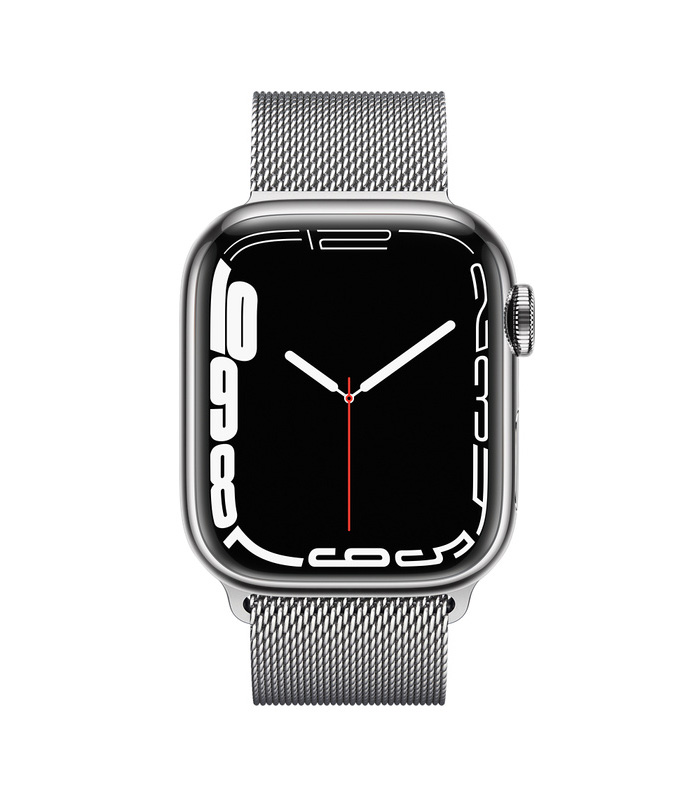
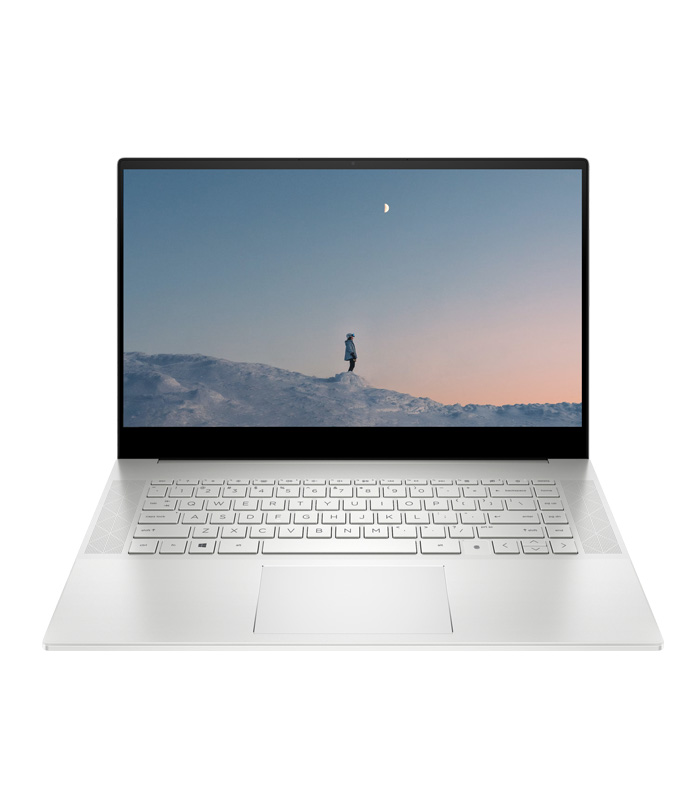
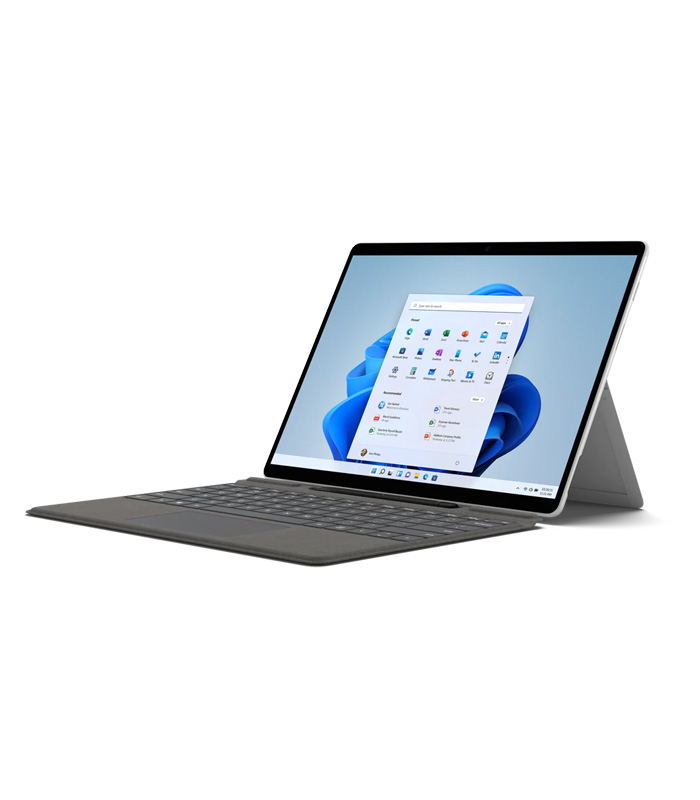
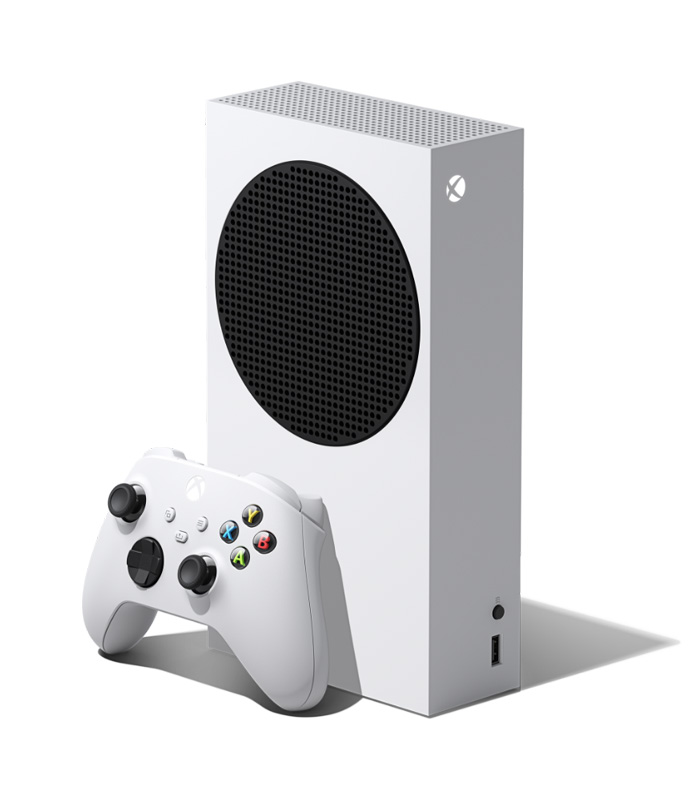


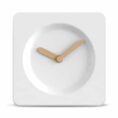

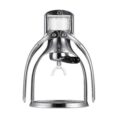
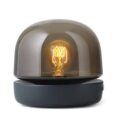









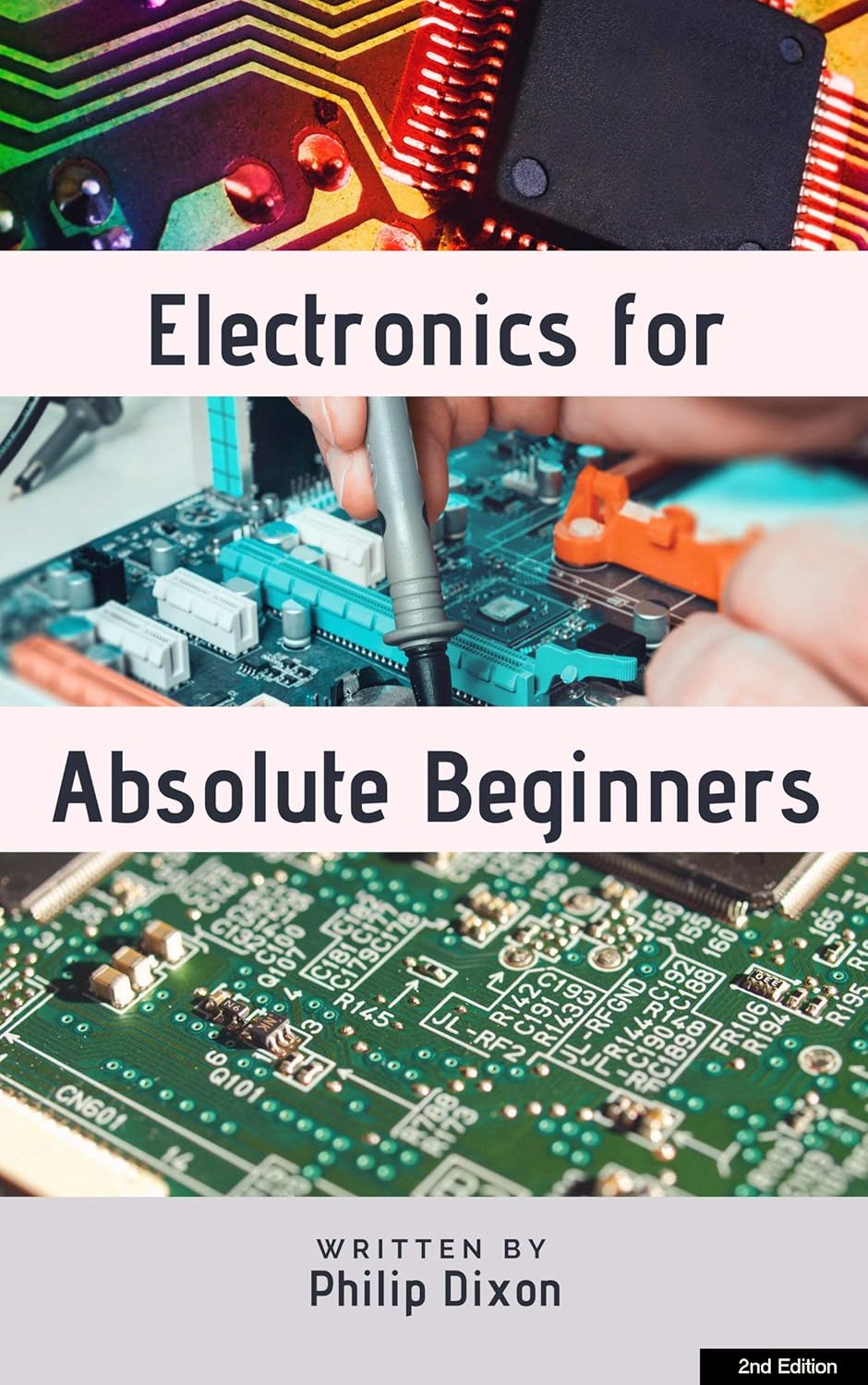

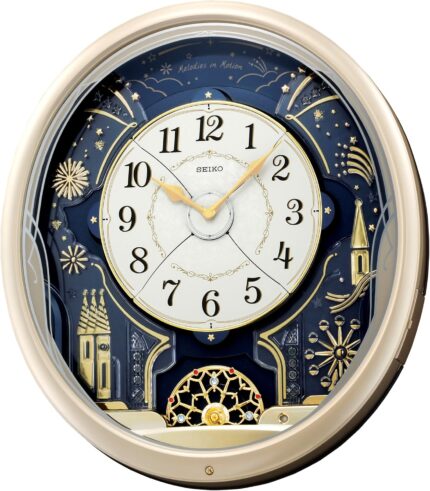


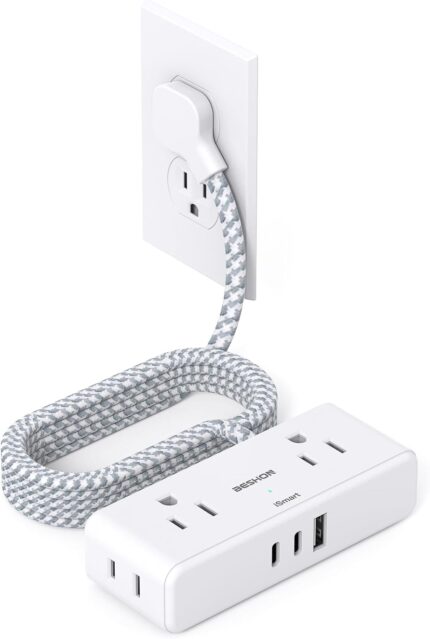
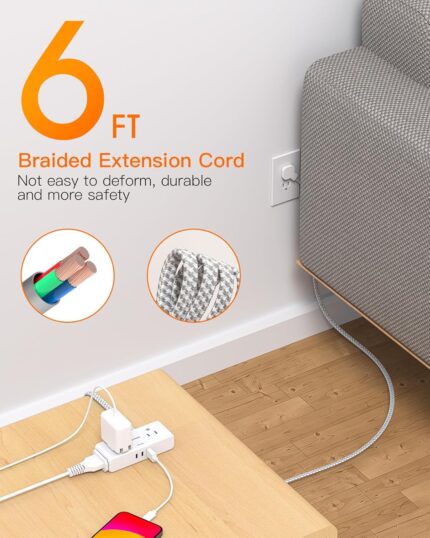

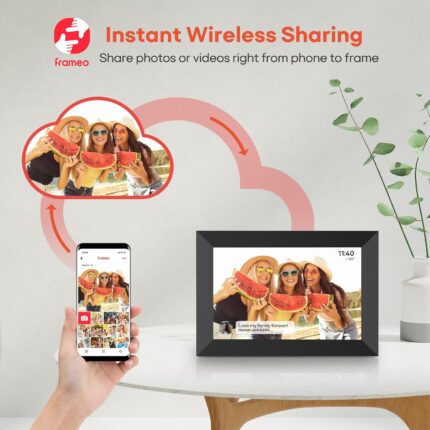
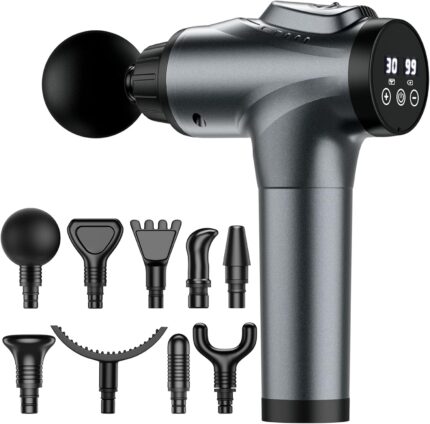
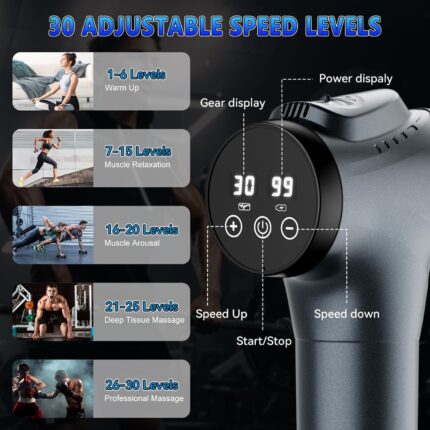
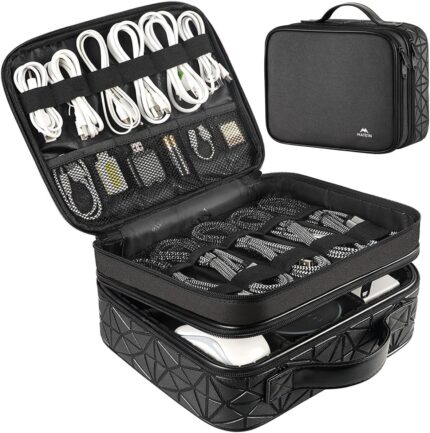
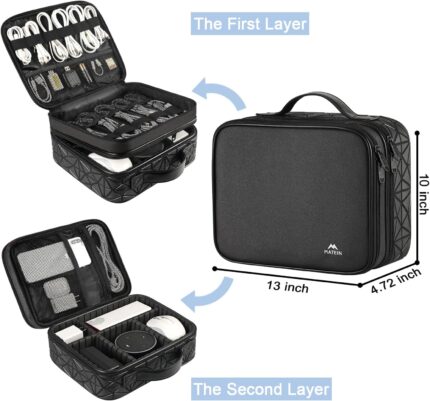
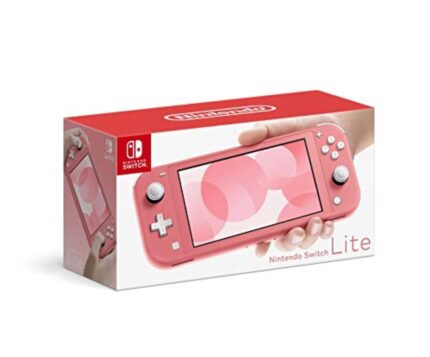

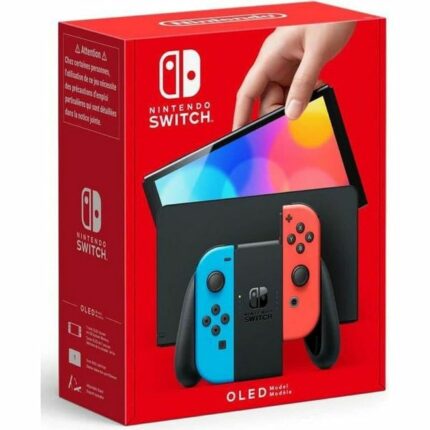
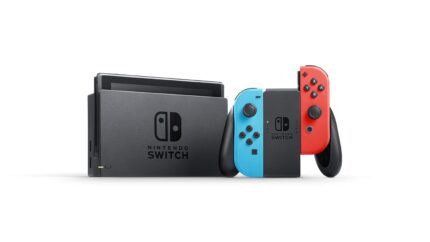
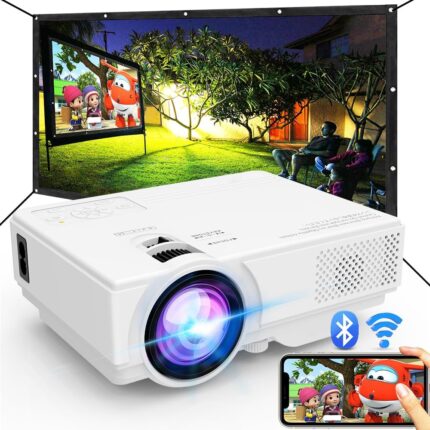
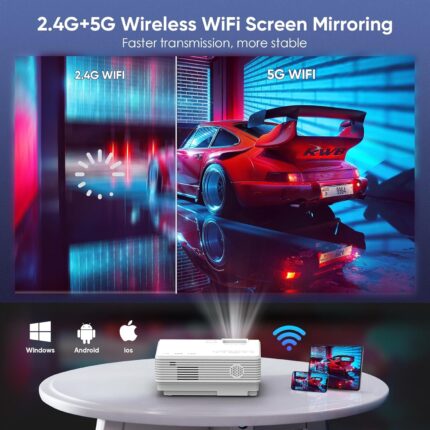
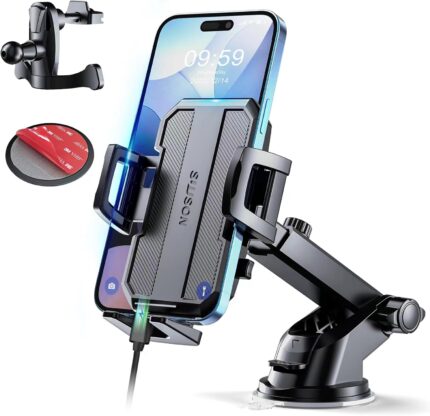
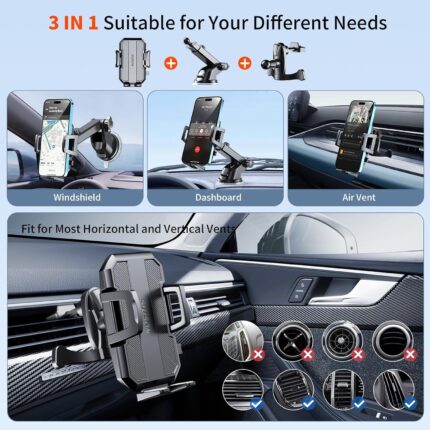

Bill –
helpful book for a beginner in electronics
Easy to read and understand clear explanation and connection to YouTube videos is helpful. I would recommend this book for anyone interested in learning more about electronics for the first time .
Glen Jewell –
good book
really nice starting wity the little stuff first and going on. Just started readimg so will write more later
Thomas T. Dean –
Perfect for a Beginner
This is a great book. It clearly covers the fundamental aspects of eletronics. This is the book to get if you have no experience in electronics.
Eduardo Uribe –
INTRODUCCION A LA ELECTRONICA
Ha sido una excelente e instructiva herramienta para que un ingeniero civil de 80 años de edad y ningún conocimiento en la electrónica adquiriese conocimientos básicos en esa tecnologÃa. Aun cuando el tÃtulo es bastante claro a quienes está dirigido es inapropiado y conduce a crear la idea de ser poco o nada útil para quien desea adquirir conocimientos en tal área, yo sugerirÃa “Introducción a la electrónica”. Por otra parte, al presentarlo a un Rector de una escuela pública, lo consideró excelente para mostrar a sus alumnos la base de un futuro campo de acción, la halló el inconveniente del idioma para lo cual puedo, con la debida autorización, traducirlo al español.
B Fuddled –
All black and white
Informative book but all the pictures are in black and white. The kindle version is in color and I assumed the paper book would be too. It’s kind of helpful if electronics are in color.
Raul Duke –
Good info and fun tutorials
I recommend this title for students, hobbyists and just people who want to know the basics…. now I’m a hobbyist!
Patrick Seay –
very good
very good
STRETCH –
All pictures are in black and white
You get what you pay for. I originally downloaded the free kindle version for my paperwhite which meant no color. After reading a few chapters I decided it was okay and opted to get the paperback so I could review the illustrations – especially the photographs. Waste of money, that was.Everything is in black and white, which is bad enough but some of there illustrations required color. Resistor color charts are used to determine the value of a resistor. Here the charts are all in black and white. What the heck! The black and white photos of breadboard setups were especially irritating, In a couple of cases, the accompanying text would refer to a colored wire (the yellow wire as an example) and explain what it does.Cheap book, but you get what you pay for.
daniel phillips –
Really good book for the beginner! Explains things in lay-mans terms. I learnt a lot. YouTube videos a complementary bonus.
Daniel –
Excellent book for someone like me with no priorknowledge! Can warmly recommend !!
Mr. C. L. Newcombe –
Je pensais qu’il était temps que j’apprenne l’électronique, après que toutes nos vies en soient dominées. Ce livre est un excellent moyen de commencer à apprendre. Il décrit ce que fait chaque composant et comment il interagit avec les autres sans s’enliser. Hautement recommandé.
Helga Yolanda Schuring –
Brilliant book! From knowing absolutely nothing, I really think I understand all concepts and itâs usages. Een aanrader!
Kurnool Ramesh Babu –
I was a novice on the subject of Electronics. This wonderful book walked me through the intricacies of Electronics so well that I feltit very easy to follow the instructions. I can not thank the author enough!